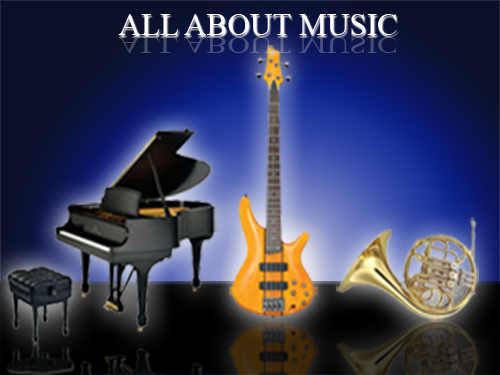History Of The Piano
Page 1 of 1
 History Of The Piano
History Of The Piano
Prior to the piano people performed on harpsichords or clavichords (similar to piano but shorter keyboard, fewer strings and pedals). The modern piano was invented by Bartolomeo Cristofori, Italy, employed by Prince Ferdinand de Medici. It is not known exactly when Cristofori first built a piano, but an inventory made by his employers, the Medici family, indicates the existence of a piano by the year 1700. Though it was thought certain writing indicated that there was a piano built in the year 1698, the authenticity of this document is now doubted. The three Cristofori pianos that survive today date from the 1720s. One of the three Cristofori pianos was put into Auction and was sold for over $20,000,000, the owner of it then gave it to a museum.
Piano-making flourished during the late 18th century in the Viennese school, which included Johann Andreas Stein (who worked in Augsburg, Germany) and the Viennese makers Nannette Streicher (daughter of Johann Andreas Stein) and Anton Walter. Viennese-style pianos were built with wood frames, two strings per note, and had leather-covered hammers. Some of these Viennese pianos had the opposite coloring of modern-day pianos; the natural keys were black and the accidental keys white. It was for such instruments that Wolfgang Amadeus Mozart composed his concertos and sonatas, and replicas of them are built today for use in authentic-instrument performance of his music. The pianos of Mozart's day had a softer, clearer tone than today's pianos or English pianos, with less sustaining power. The term fortepiano is nowadays often used to distinguish the 18th-century instrument from later pianos.
In the period lasting from about 1790 to 1860, the Mozart-era piano underwent tremendous changes that led to the modern form of the instrument. This revolution was in response to a preference by composers and pianists for a more powerful, sustained piano sound, and made possible by the ongoing Industrial Revolution with technological resources such as high-quality steel, called piano wire, for strings, and precision casting for the production of iron frames. Over time, the tonal range of the piano was also increased from the five octaves of Mozart's day to the 7 or more octaves found on modern pianos.
By the 1820's, important technical innovations of this era included changes to the way the piano was strung, such as the use of a "choir" of three strings rather than two for all but the lower notes, and the use of different stringing methods.
Piano-making flourished during the late 18th century in the Viennese school, which included Johann Andreas Stein (who worked in Augsburg, Germany) and the Viennese makers Nannette Streicher (daughter of Johann Andreas Stein) and Anton Walter. Viennese-style pianos were built with wood frames, two strings per note, and had leather-covered hammers. Some of these Viennese pianos had the opposite coloring of modern-day pianos; the natural keys were black and the accidental keys white. It was for such instruments that Wolfgang Amadeus Mozart composed his concertos and sonatas, and replicas of them are built today for use in authentic-instrument performance of his music. The pianos of Mozart's day had a softer, clearer tone than today's pianos or English pianos, with less sustaining power. The term fortepiano is nowadays often used to distinguish the 18th-century instrument from later pianos.
In the period lasting from about 1790 to 1860, the Mozart-era piano underwent tremendous changes that led to the modern form of the instrument. This revolution was in response to a preference by composers and pianists for a more powerful, sustained piano sound, and made possible by the ongoing Industrial Revolution with technological resources such as high-quality steel, called piano wire, for strings, and precision casting for the production of iron frames. Over time, the tonal range of the piano was also increased from the five octaves of Mozart's day to the 7 or more octaves found on modern pianos.
By the 1820's, important technical innovations of this era included changes to the way the piano was strung, such as the use of a "choir" of three strings rather than two for all but the lower notes, and the use of different stringing methods.
 Similar topics
Similar topics» New Type Of Piano
» Billy Joel - Piano Man
» 102 key piano
» Piano Reduces Stress
» World's Smallest Grand Piano
» Billy Joel - Piano Man
» 102 key piano
» Piano Reduces Stress
» World's Smallest Grand Piano
Page 1 of 1
Permissions in this forum:
You cannot reply to topics in this forum|
|
|




